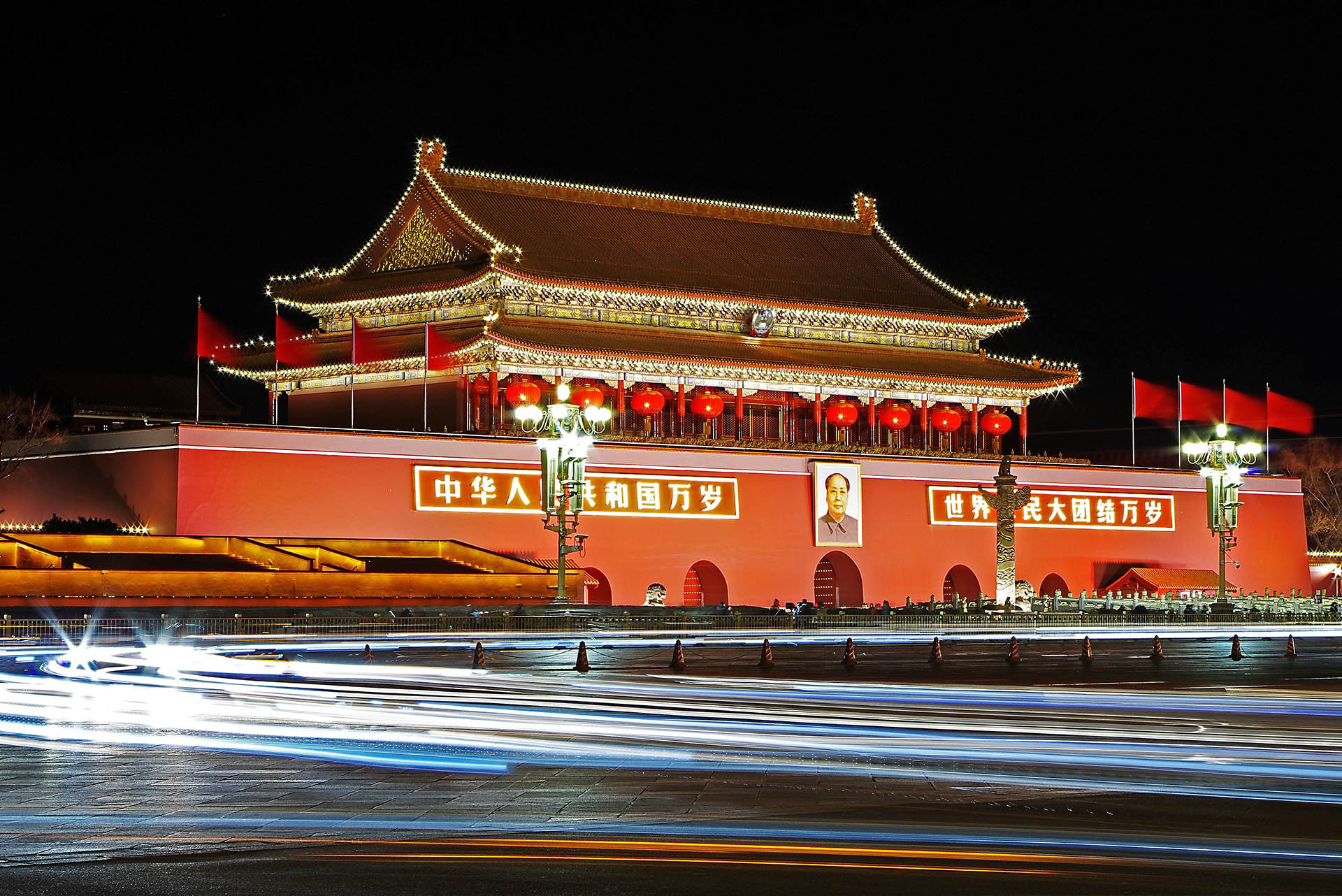Explore more

China 2030: The Central Route of the Belt and Road Initiative through Southeast Asia is complete. Laos, Thailand, Malaysia and Singapore are now connected to Kunming, the closest major Chinese city to Southeast Asia.
It’s a 3,000km showcase to the world of the BRI’s benefits, even as it aims to connect Asia with Europe and Africa.
It is also China’s land connection via Malaysia to the Straits of Malacca and the South China Sea. Some see it as China’s geopolitical game-changer, should a naval conflict ever arise. But Southeast Asia stands to gain as the swifter connection of capital and labour saves time for and thus benefits all parties.
Its completion augurs well for China and the region as it rides the third wave of the global electronics industry – the first being the rise of computers and the Internet in the 1990s and the second, smartphones in the 2000s.
But what’s this third wave? The progress of artificial intelligence (AI), the Internet of Things (IoT), Big Data, Cloud and 3D printing should offer us an idea. And this could happen in the next decade or two.
Asia has been the world’s largest manufacturing cluster, with China now oft regarded as the factory of the world. Now, it could well be the epicentre of the third wave of digital innovation.
While Singapore, South Korea and Taiwan remain the biggest upstream producers in the electronics value chain, China’s rise up that value chain will erode their share.
China’s sheer size – it currently has 700 million Internet users, the world’s largest e-commerce market, and the world’s highest mobile payment penetration rate – also means it could generate huge volumes of data to facilitate the development of machine learning and AI.
With the speed of their progress, could we, perhaps, see the first sentient robot waking up in China?
Or, more frighteningly to some, could China overtake the United States as the supreme global superpower, both economically and militarily?
To download the full report on Reimagining China, please click the following:
Asia Mega Cities in 2030: Rising stars lie in China